France, the “romantic country” filled with artistic charm.
France is recognized worldwide as the “romantic country”. In this April spring, of course, it is necessary to go to France once to encounter the romance and style of spring!
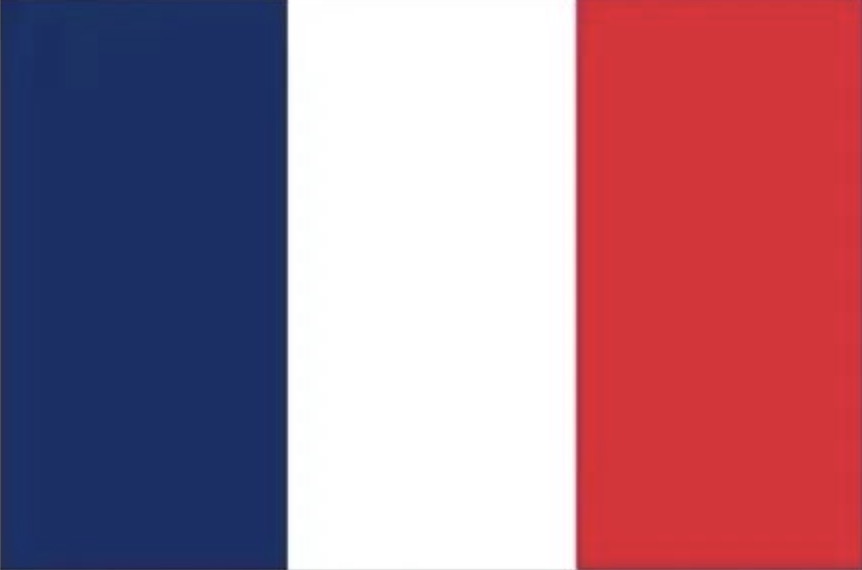
The French Republic (French: La République française), referred to as France, is located in western Europe, with its capital in Paris, bordering Belgium, Luxembourg, Germany, Switzerland, Italy, Portugal, Andorra. The terrain of France is high in the southeast and low in the northwest. The total area excluding the overseas territory area is 550,000 square kilometers. It is the third largest country in Europe in terms of land area and the largest country in western Europe.
The French flag of the French Republic (French Flag) is the flag of the French Republic, also known as the “blue, white, and red flag”. The flag is rectangular, and the flag surface is composed of three vertical blue, white, and red colored rectangles. The flag originally symbolizes the combination of the royal family and the people. Blue is the color of St. Martin’s long run, symbolizing freedom; white commemorates the national hero St. Joan of Arc and symbolizes equality; red is the color of the St. Denis flag, symbolizing fraternity.
Among them, during the period of the French bourgeois revolution, the white in the French flag of the French Republic is in the middle, representing the king and symbolizing the sacred status of the king; the red and blue are on both sides, representing the Parisians; at the same time, these three colors also symbolize the alliance between the French royal family and the Paris bourgeoisie.
France is known as the heart of Europe. It is not only a major world economic power, but also leads the world in the fields of art, science, and philosophy, and is also a world-leading tourist destination. From the boulevards of Paris to the Cote d’Azur, France has the most beautiful scenery in the world; from the Eiffel Tower to the Louvre Museum, the unique artistic atmosphere of France is also its charm.
France’s climate is a combination of oceanic, continental, Mediterranean, and mountain climates. The west belongs to the temperate oceanic climate, the south belongs to the subtropical Mediterranean climate, and the central and eastern parts belong to the continental climate. The annual average temperature in most parts of the country is between 10 degrees Celsius and 14 degrees Celsius, with a pleasant and comfortable climate. Therefore, in the spring, in this golden season for tourism in France, you can go to the Provence region, where the blooming lavender forms a purple ocean that is fascinating.
In France, each region has its own unique culture and cuisine. So let’s take a shallow taste of this country’s irresistible charm from several attractions first!
01 “The Romantic City” Paris (Paris)
Paris is the capital and largest city of the French Republic, as well as the political, economic, cultural, and commercial center of France, and one of the five international metropolises in the world (the other four are New York, London, Tokyo, and Hong Kong). Paris is located in the center of the Paris basin in northern France, spanning both sides of the Seine River. Paris has a history of more than 1,400 years of being the capital. It is not only in France, but also the political, economic, and cultural center of western Europe. “The Romantic City” is the reputation of Paris, and it is also considered to be the starting point of modern Olympic sports. The 2024 Olympic Games will be hosted in Paris.
In Paris, attractions such as the Louvre and the Eiffel Tower exude charming charm. The Eiffel Tower, as a symbol of Paris, is a landmark building in Paris. This tower is composed of 8,000 metal components and was designed by Gustave Eiffel and was used as a temporary exhibition at the 1889 World Expo. The tower soars into the clouds, and at night it will also flicker with lights, and the beautiful views of the Seine River and the Champs-Elysées can be overlooked from the observation deck.
The Louvre Museum, located in the once royal residence of the solemn palace, is one of the top European art collections. The Louvre displays approximately 35,000 works of art, among which the Mona Lisa by Leonardo da Vinci, the Canova Wedding Banquet by Veronese, and the statue of the Venus of Milo from the 1st century BC are all among the most famous works of Western civilization that are found here.
02 “The Pearl of the Mediterranean” Marseille (Marseille)
Marseille is the second largest city in France and the oldest city in France. It is the administrative, economic, cultural, and transportation center of southern France. In Marseille, the main tourist attractions include the Ile de la Cité, the Notre-Dame de la Garde, the Marseille Museum of Art, the Old Port of Marseille, and the Museum of Civilizations of Europe and the Mediterranean. Marseille has a Mediterranean climate with a relatively pleasant climate throughout the year, but it will be relatively cold during December to January, and some areas will even experience frosts.
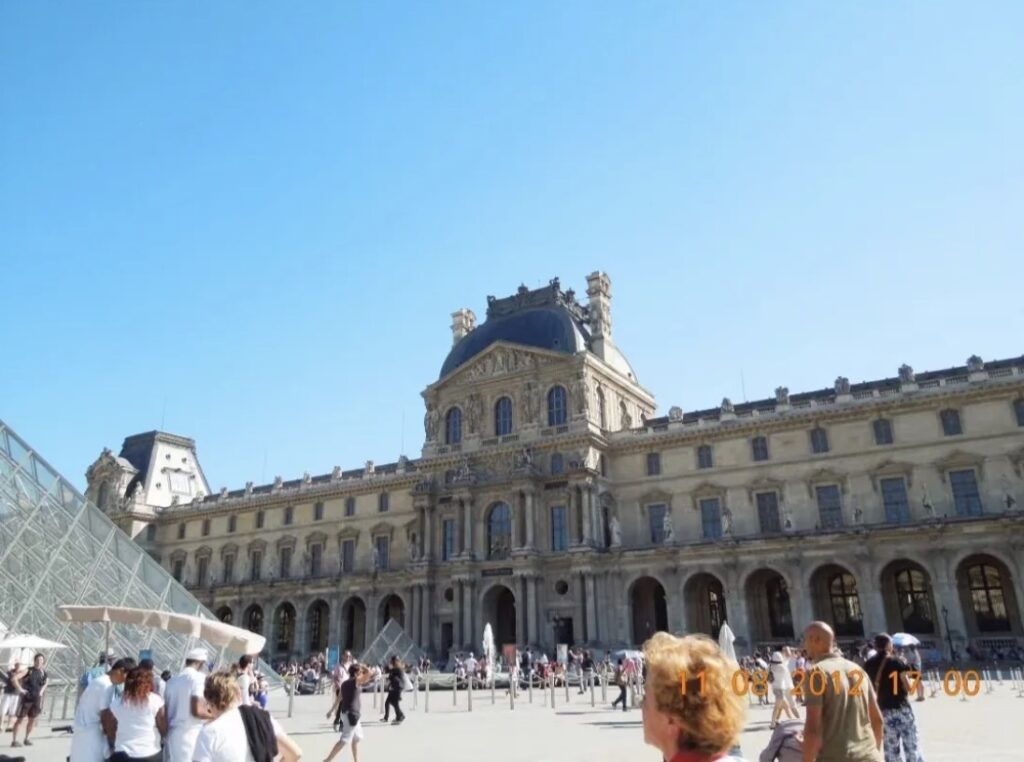
The heart of Marseille is the Old Port of Marseille, which is located at the Rhone estuary in the coastal area of the Ligurian Sea and was built in the Louis XIV era. It is the oldest and most important port in Marseille’s history. The Old Port of Marseille is the origin and central area of Marseille, with a very pure Marseille style and life atmosphere. This port is full of vitality and color, with ancient docks and fishing boats, as well as restaurants that form a unique harbor style.
The Marseille Museum of Art belongs to the Longchamp Palace and exhibits major works from France and Italy, divided into two floors of exhibition halls. Here you can also see the works of Eckerd Provence, such as “The Plague-Stricken Marseille.” In addition, works by Marseille painters Montecelli and Peche can also be seen here.
03 French Towns
In France, there are also some absolutely beautiful small towns that make people linger. For example, the cliff town: Eze. This is an ancient town built on the top of the cliff and is known as the “cliff town”. It is built on a 400-meter-high mountain on the French Azure Coast, located between Monaco and Nice. Because of its way of building houses on the rock wall like an eagle’s nest, it also has the title of “eagle’s nest village”. This is one of the top ten famous small towns in France and also one of the most beautiful small towns on the Azure Coast. It is also the filming location of the Oscar-winning American movie “The Thief Who Came to Dinner.”
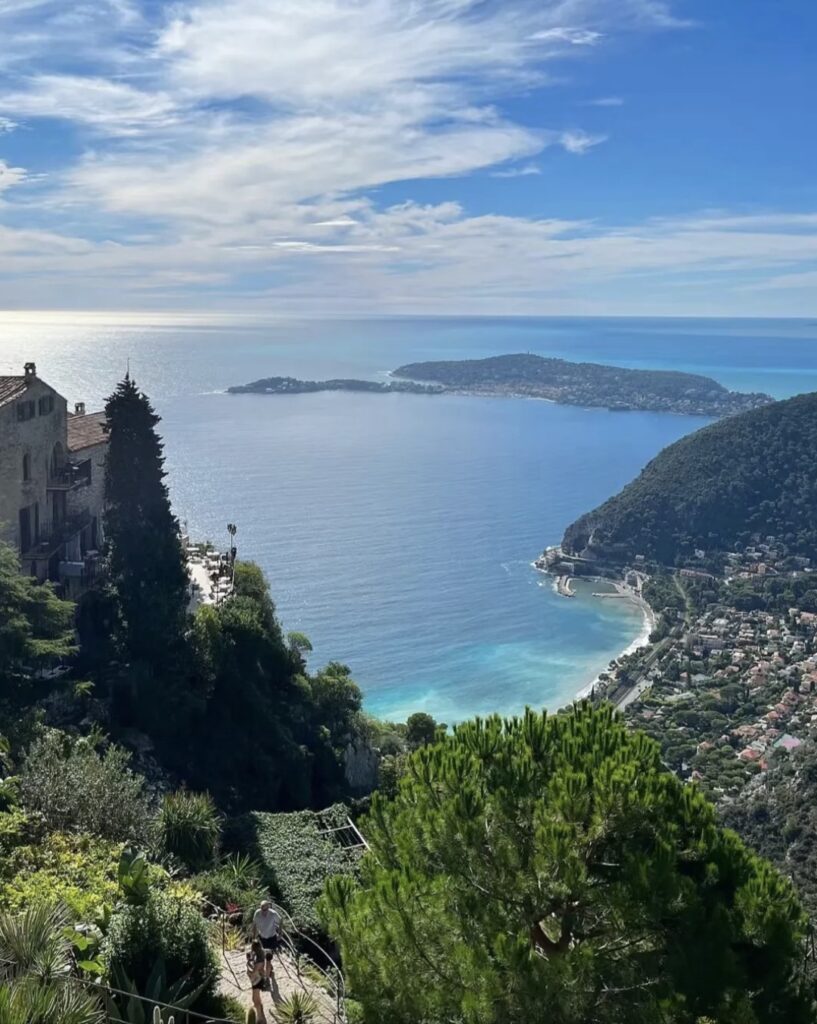
In addition, the scenery of small towns such as the perfume town Grasse, the Roman town Nîmes, and so on are all worth our going to explore and appreciate.



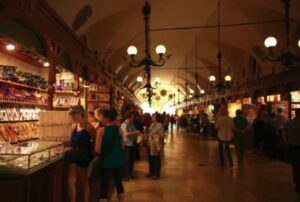
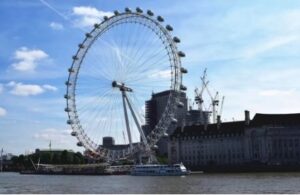

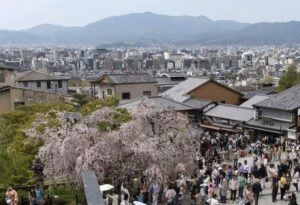

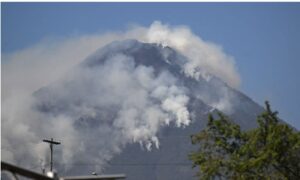
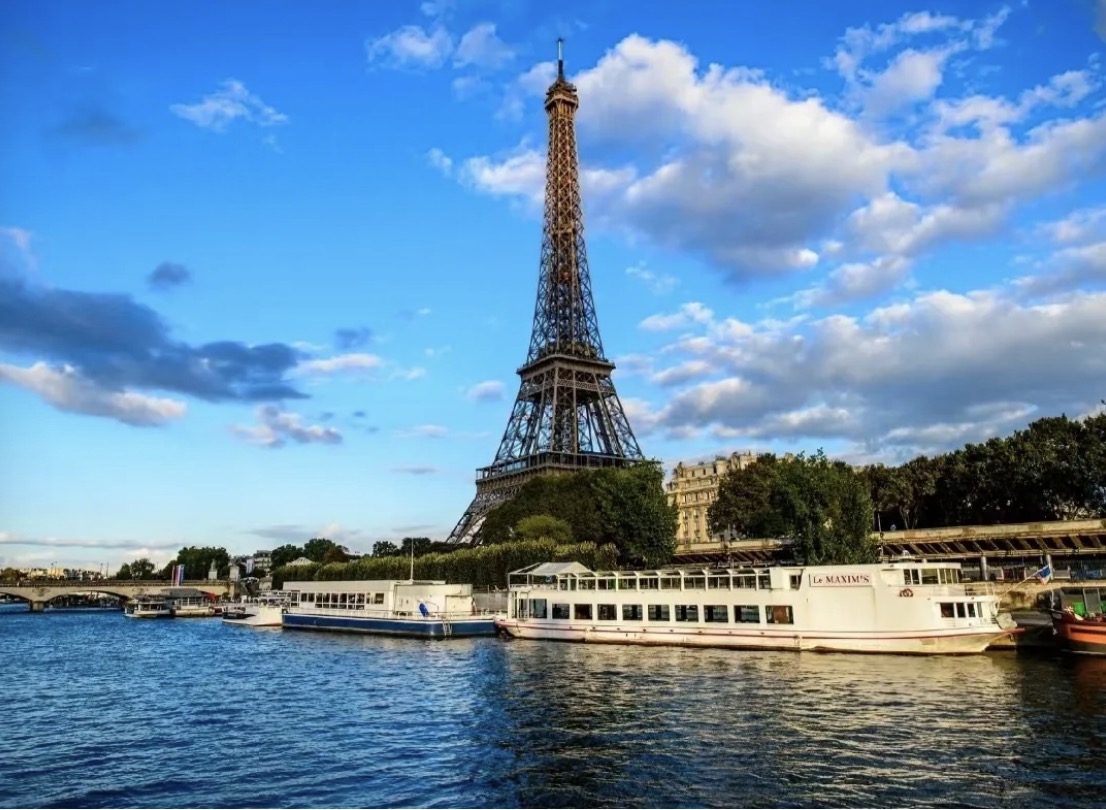
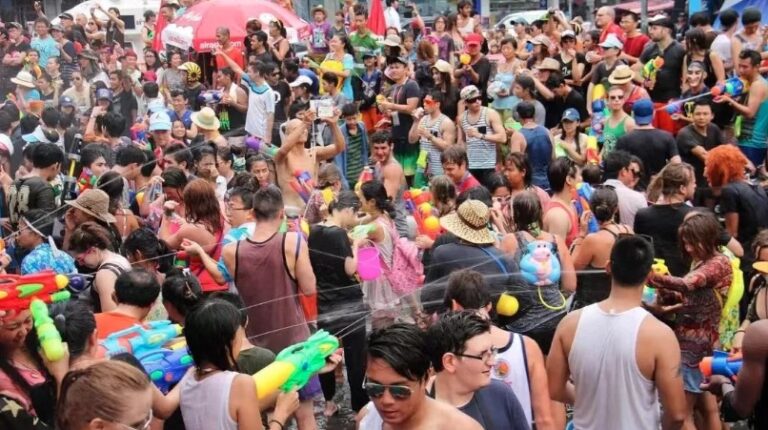
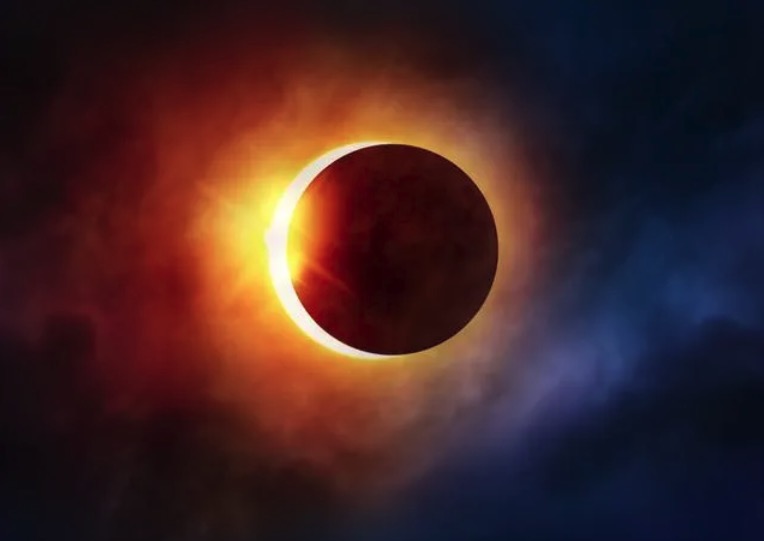
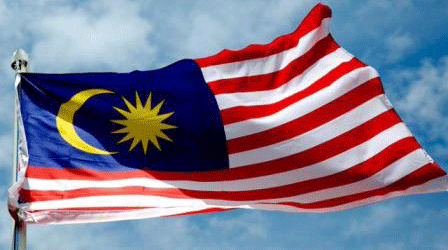

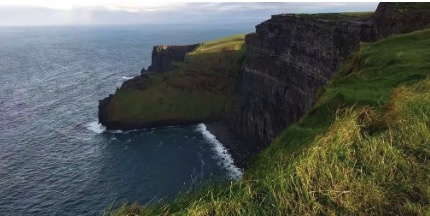

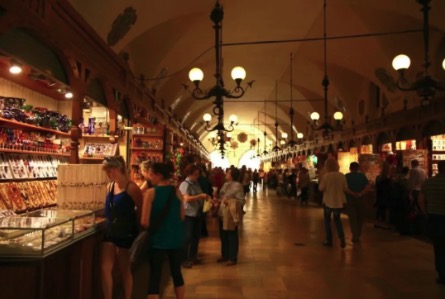
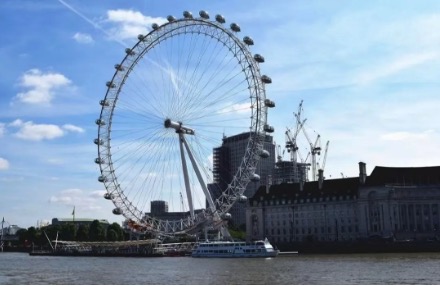

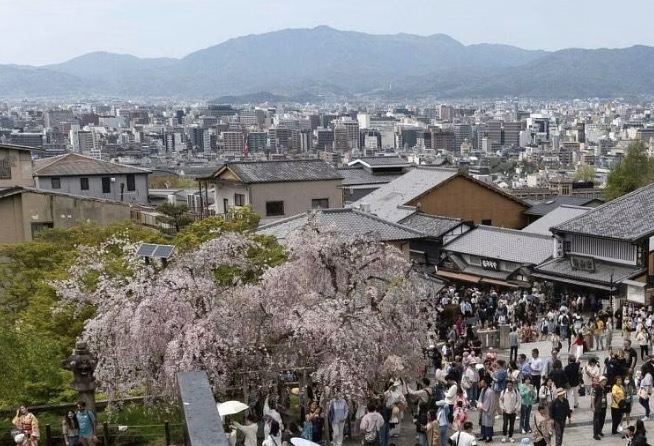

+ There are no comments
Add yours